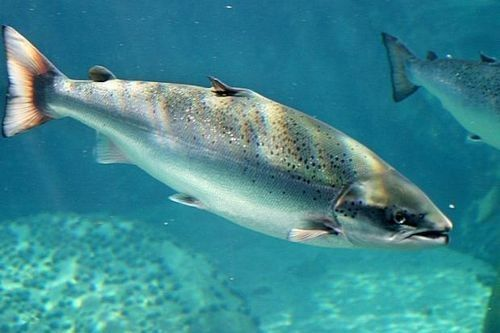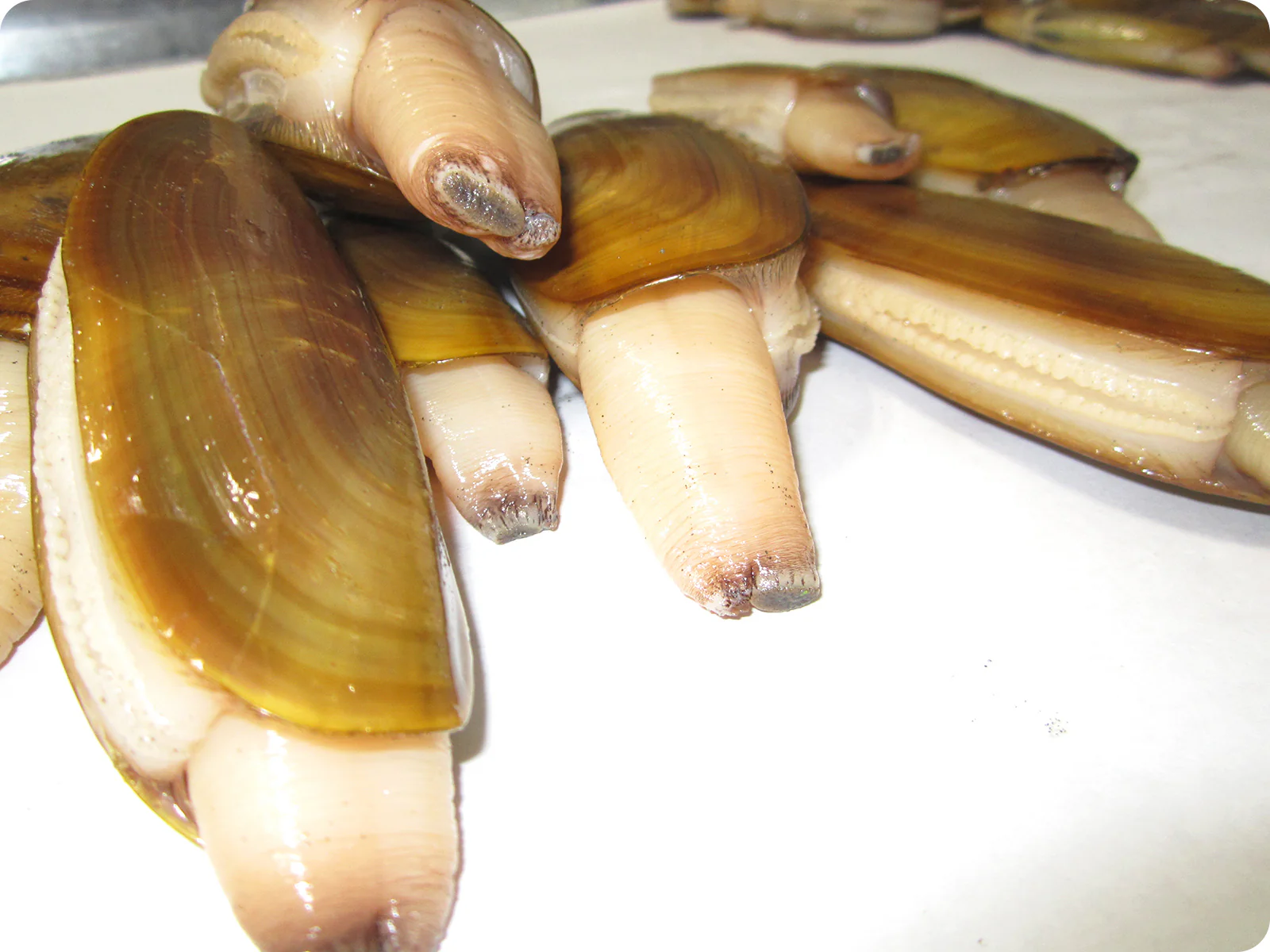The Pursuit of Freshness
Fish gas, commonly referred to as fishy smell or flavor, is an intriguing phenomenon that frequently occurs in various fish species. This odor, primarily associated with certain types of fish, is mainly due to the presence of compounds such as trimethylamine (TMA). TMA is a byproduct of the breakdown of substances in fish, particularly when they begin to decompose. While the presence of this compound is normal, it can become more pronounced under specific conditions, leading to the unpleasant odor that many people associate with fish.
Fish gas can impact the quality of the fish for consumption. Fresh fish should ideally have a clean, mild scent reminiscent of the sea. As fish ages, the concentration of TMA increases, leading to a stronger and often off-putting odor. This process can begin even Slot 777 when fish is stored in a refrigerator, especially if it is not stored properly. Therefore, understanding how to store fish correctly is essential for maintaining its quality. Fresh fish should be kept at low temperatures and consumed as soon as possible to minimize the production of TMA.
Recent years have seen a significant increase in the global demand for seafood, raising questions about sustainability and the fishing practices employed to meet this demand. Overfishing and poor handling during the fishing and storage stages can contribute to the production of fish gas. Sustainable fishing practices, therefore, not only ensure that fish populations remain healthy but also help to reduce the instances of undesirable odors associated with fish. Consumers have become more conscientious about the source of their seafood, prompting businesses to adopt more sustainable methods.
Moreover, advances in technology have highlighted the importance of preserving fish quality. For example, some companies are now utilizing innovative packaging methods that extend the shelf life of fish, thereby reducing the likelihood of developing a fishy smell. These methods include vacuum sealing and modified atmosphere packaging, which help to slow down the breakdown processes that lead to TMA formation.
In conclusion, fish gas is a natural occurrence associated with the decomposition of fish. While it can signify poor quality, proper storage and handling practices can prevent the development of unpleasant odors. As the global demand for seafood continues to rise, sustainable fishing practices and innovative preservation methods are vital for ensuring that fish remains enjoyable and safe for consumption. By addressing these issues, both consumers and industry players can contribute to a healthier seafood landscape.
Our Products

Fresh Salmon
Rich in Omega-3 and nutrients, perfect for a healthy dish.

Fresh Shrimp
Delicious freshwater shrimp, a favorite choice for various cuisines.

Live Clams
Freshly harvested clams, ready to be prepared into a delicious seafood dish.
"We invite you to taste the difference and join us on our journey to enjoy natural freshness."